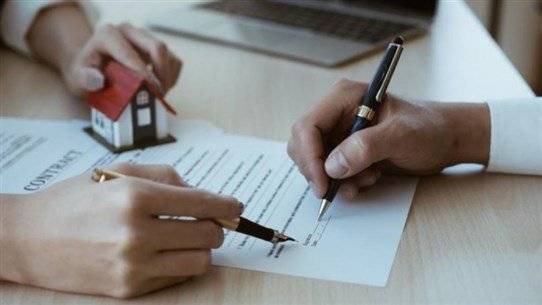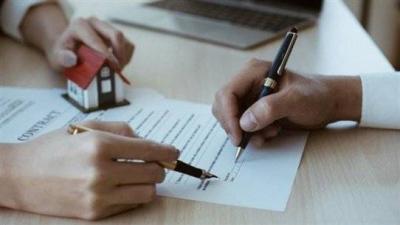Despite the catastrophic repercussions of the crisis on various sectors in Lebanon, particularly the real estate sector, a strange phenomenon has emerged: an increase in property ownership by non-Lebanese individuals at a time when Lebanese citizens struggle to afford modest apartments.
According to International Information, statistics released by the General Directorate of Real Estate Affairs indicate that the area owned by non-Lebanese people in December 2019 amounted to 38,677,856 square meters owned by 87,647 individuals and companies. This increased in December 2021 to 39,335,806 square meters owned by 89,120 individuals and companies, meaning that the number of owners rose by approximately 1,473 individuals and that the area increased by 657,950 square meters, representing a 1.7 percent rise—an eye-catching figure. What are the reasons and factors behind this increase?
According to the same source, there are two main factors driving these numbers: First, the registration in real estate offices of properties purchased in previous years via agencies with notaries, due to the lower registration costs calculated in foreign currencies. Second, the purchase transactions are one method that Arab and foreign depositors have resorted to in Lebanese banks to access their funds.
Several observations raise more questions, the most significant of which is that the area owned by non-Lebanese individuals reaches 2.571 percent of the area of Baabda District and 2.236 percent of the area of Aley District, knowing that the legally permitted area should not exceed 3 percent of each district's area. This indicates that the percentage in Baabda District is nearing completion.
In another striking observation, a significant increase was recorded in the area owned by non-Lebanese in Baalbek District, reaching 1,148,769 square meters, and in Rashaya District, 503,275 square meters, totaling approximately 1.65 million square meters. It is worth noting that these areas are rural and were not previously targets for property ownership by non-Lebanese, raising questions about the underlying reasons for this trend, especially regarding political and sectarian aspects.
While the Lebanese people are drowning in various crises and are occupied with securing the basic necessities of life, some are buying their lands and acquiring property in their villages... Is what is happening innocent, or are there hidden parties operating in secret during this time of loss?




